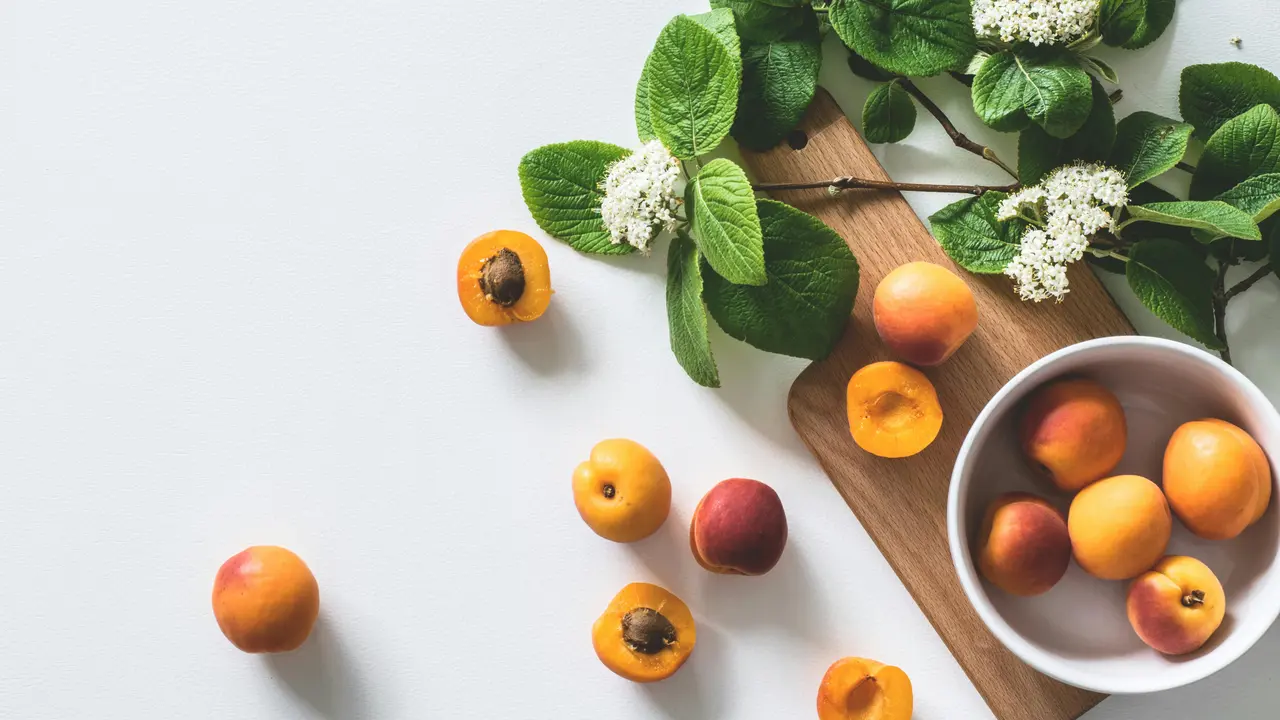Are you ready to unleash your creative potential and learn how to draw fat bodies with confidence? Whether you’re an aspiring artist or just looking to improve your illustration skills, mastering the art of drawing rounder figures can elevate your work to new heights. In this guide, we will explore useful techniques, tips, and ideas to help you accurately portray fat bodies, ensuring that you represent all body types with respect and artistry.
Understanding the Basics: How to Draw Fat Body Proportions
Key Proportions in Fat Body Drawing
When learning how to draw fat bodies, understanding body proportions is crucial. Rounder figures often feature distinct characteristics that set them apart from more traditionally slender representations. Here are some key points to consider:
- Proportional Measurements: Fat bodies generally have larger waists, wider hips, and fuller forms. Pay close attention to how these proportions differ from slimmer bodies.
- Center of Gravity: In a rounder figure, the center of gravity shifts. This affects balance and how limbs are positioned.
- Curvature: Emphasize the curves and softness of the body to create a more realistic representation. This includes paying attention to how fat tends to distribute over bones and muscles.
Essential Shapes for Fat Body Outlines
To simplify the drawing process, start with basic shapes. This will help you build the overall structure of the fat body:
- Cylinders: Use cylinders to create the arms and legs; they should appear fuller.
- Ovals: Incorporate ovals for the torso and head, illustrating the roundness of the form.
- Circles: Use circles to mark key joints and connect the limbs fluidly to the body.
Techniques for Drawing Fat Bodies Effectively
Sketching Realistic Features
After establishing proportions and shapes, focus on sketching facial features and other details. Here are some strategies:
- Facial Features: Fat faces may have rounder cheeks and softer jawlines. Be mindful of how facial characteristics change with body type.
- Limbs: Depict arms and legs as fuller, adding wrinkles or folds to give dimension to the drawing.
- Hands and Feet: Ensure that hands and feet are proportionate and reflect the body size to maintain harmony.
Incorporating Clothing and Accessories
Clothing can significantly enhance your drawing and add depth to fat body representation:
- Loose Clothing: Draw clothes that accentuate the body shape without constriction; this promotes comfort and style.
- Folds and Wrinkles: Pay attention to how fabric interacts with body curves. Add folds and wrinkles to demonstrate the dynamics of movement.
- Accessorizing: Include accessories that complement the body size, such as large jewelry or oversized bags, to create balance.
Common Mistakes to Avoid When Drawing Fat Bodies
Miscalculating Proportions and Shapes
To accurately represent fat bodies, avoiding typical pitfalls is essential:
- Over-exaggeration: While it’s important to celebrate body diversity, be cautious of over-exaggerating features which can lead to stereotype reinforcement.
- Ignoring Unique Attributes: Every body is different. Paying attention to variations across individuals can enhance your work.
- Neglecting Movement: Ensure that the flow of the body is realistic. Fat bodies, like any other, are dynamic and should reflect natural movement.
Encouraging Confidence in Your Drawings
Gaining confidence in drawing fat bodies is essential for any artist. Here are a few techniques to build that confidence:
- Practice Regularly: Consistency is key! Draw different fat body types regularly to become familiar with various forms.
- Seek Feedback: Share your work with peers who appreciate diverse body shapes to receive constructive feedback.
- Study Reference Images: Use photographs and resources of real people of various sizes to enhance your understanding of body shapes.
Inspirational Resources for Your Artistic Journey
Books and Online Courses
Investing in quality resources can dramatically improve your skills. Here are some recommendations:
- Art Books: Look for books dedicated to figure drawing that focus specifically on body diversity.
- Online Tutorials: Platforms like YouTube and Skillshare offer various courses on figure drawing and body representation.
- Communities: Joining online art communities can provide support, inspiration, and resources to further your skills.
Adopting a Positive Mindset
Maintaining a positive mindset is vital as you learn how to draw fat bodies. Celebrate each step of your progress and remember that every artist grows at their own pace. Focus on improvement rather than perfection and embrace your unique style.
Final Thoughts on How to Draw Fat Body Models
Mastering the art of drawing fat bodies is a valuable skill that broadens your artistic horizons and promotes body positivity. By understanding proportions, utilizing effective techniques, and avoiding common mistakes, you can create respectful and realistic representations of larger figures. Remember to seek inspiration and stay dedicated to your artistic journey. Don’t hesitate to share your creations or delve into more artistic resources that encourage diversity in art. Happy drawing!
Fat – Recent Articles
- How Do You Lose Bum Fat? Discover Effective Tips Today!
- Do Horizontal Stripes Make You Look Fat? The Surprising Truth!
- Why Do Strongmen Look Fat? The Surprising Truth Revealed!
- How Big Is 1 lb of Fat? Discover the Surprising Truth!
- What Does 10lb of Fat Look Like? Discover the Truth!
Fat – Useful Links
- Harvard T.H. Chan – Types of Fat
- Harvard Health – The truth about fats: the good, the bad, and the in-between
- MedlinePlus – Dietary Fats
- NHLBI / NIH – Healthier Fats and Oils Fact Sheet
- HelpGuide – Choosing Healthy Fats
